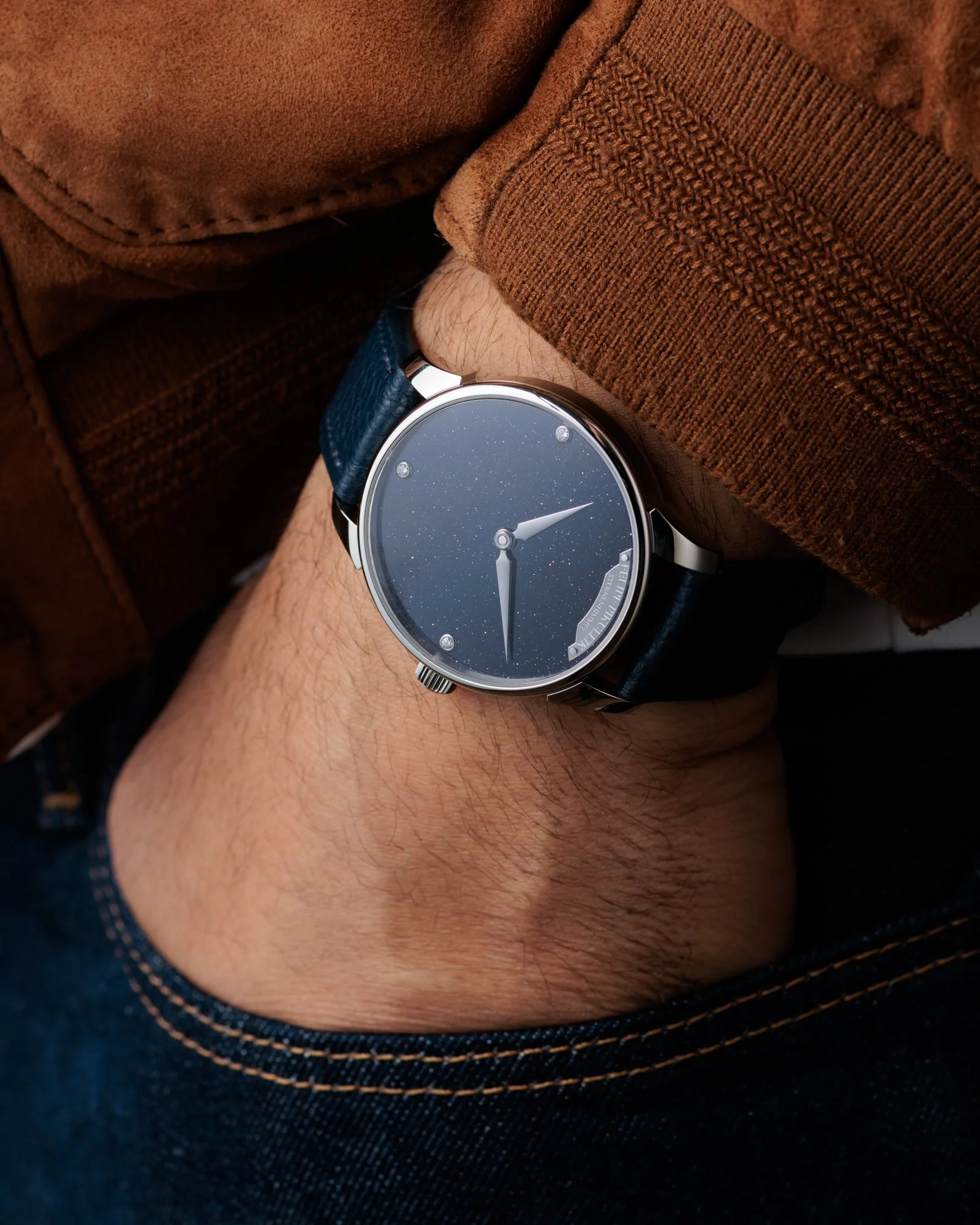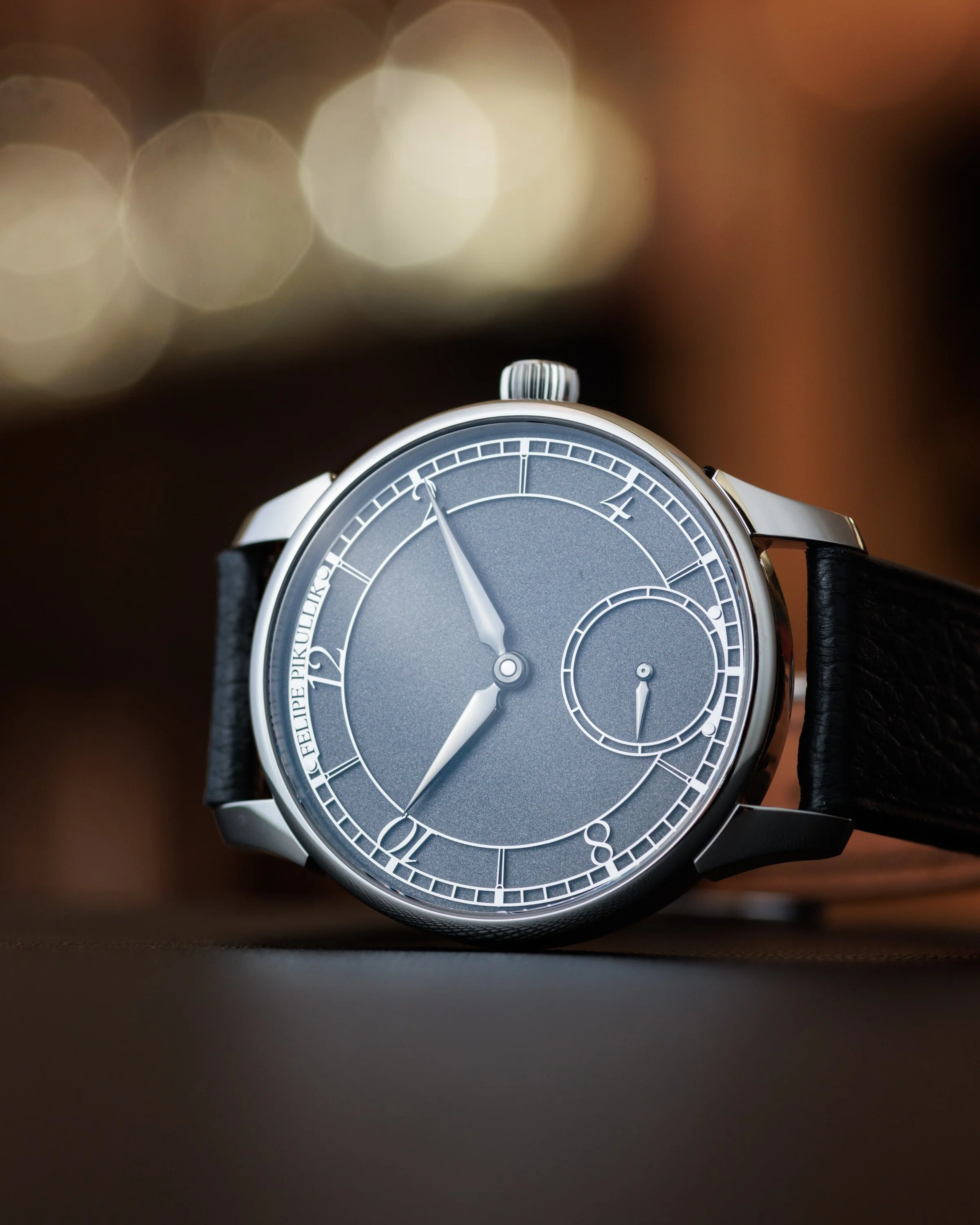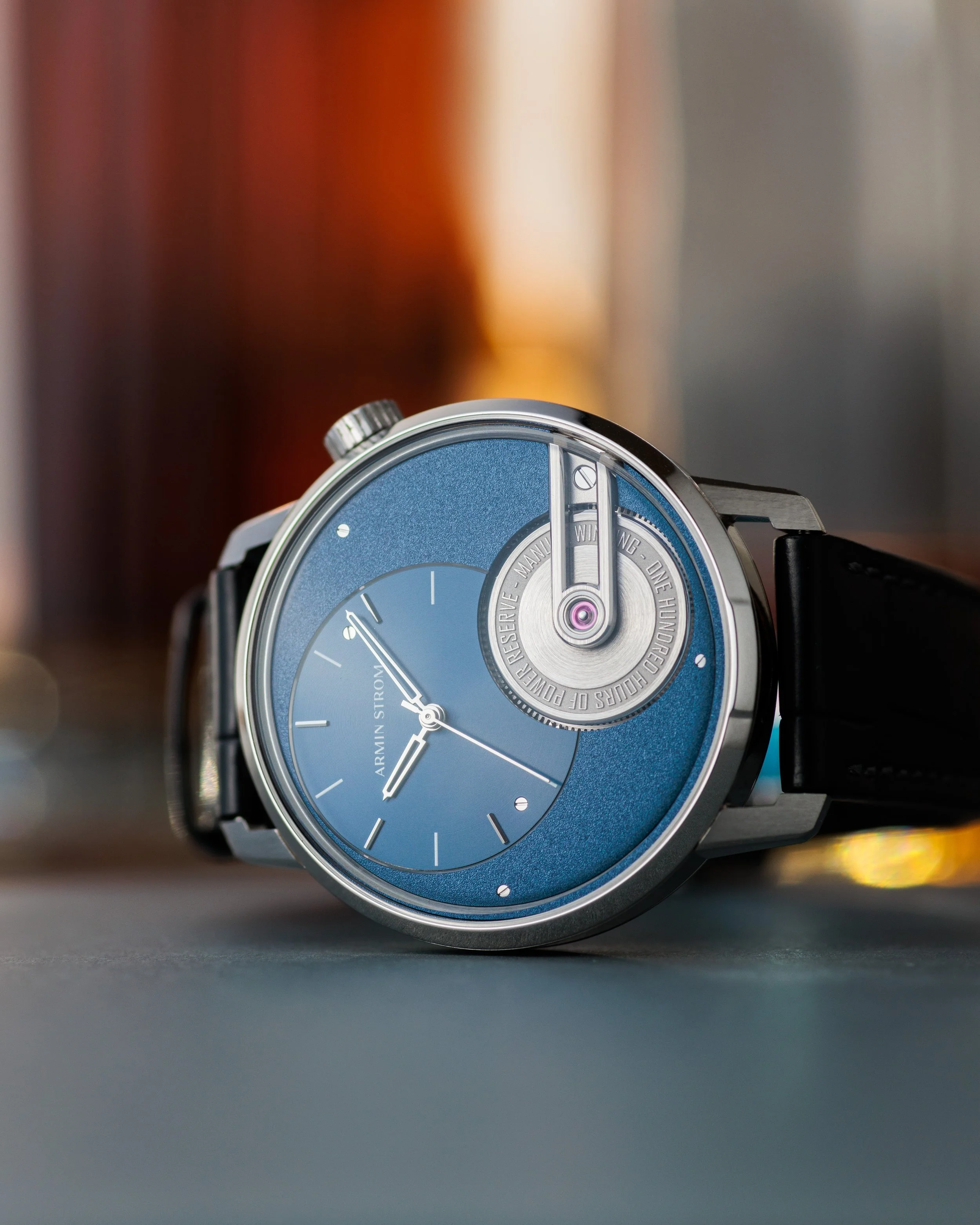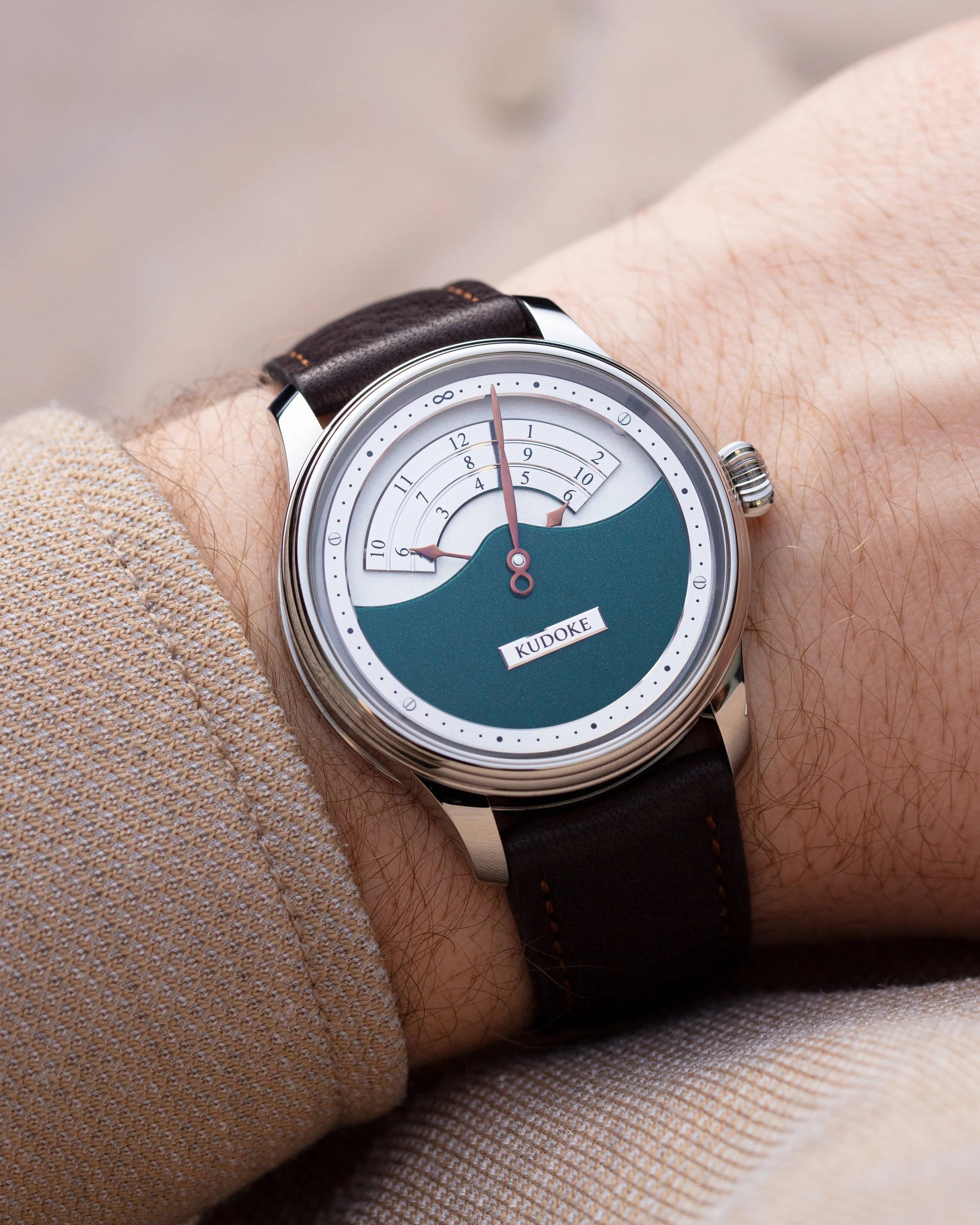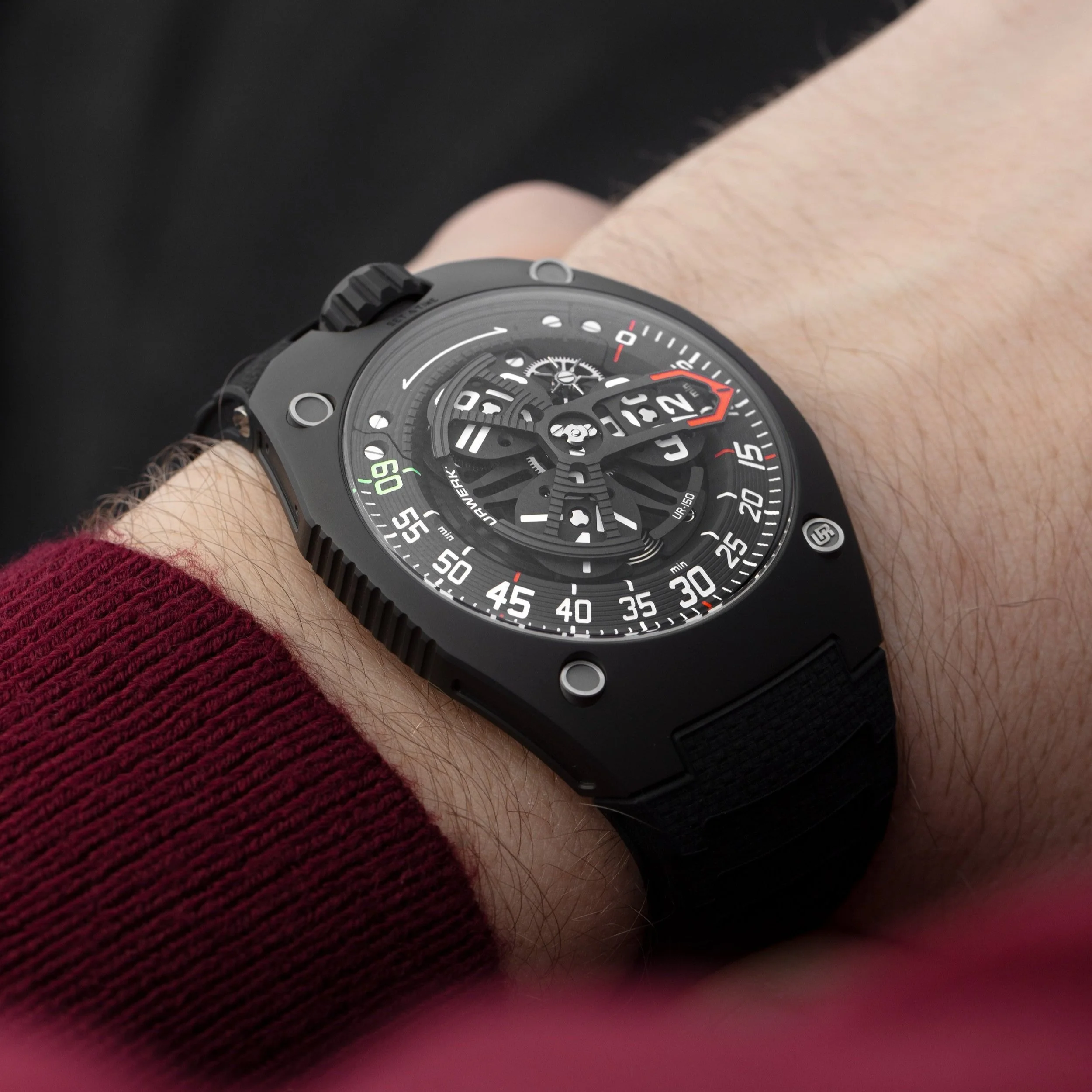Breaking down Price Tiers in Independent Watchmaking
What was once the smallest of niches, modern independent watchmaking has come a long way. Beginning in Switzerland with the foundation of the AHCI in the early 1980’s, it’s now global, rife with talent, and more popular than it’s ever been. It also covers entire spectra encompassing everything from avant-garde to classical designs, time-only to ultra-complicated, “entry-level” luxury to the most expensive timepieces in the world.
So many new watchmakers and brands, so many options, it can be challenging to know what to expect from timepieces at every price point. From our vantage point, there is sometimes confusion in grasping the common themes that differentiate a US$10,00, a US$50,000, and US$150,000+ watch. While the more expensive watch is never de facto the better watch, collectors should have different expectations for watchmaking at every tier. That’s the focus today – what to expect at every price tier in independent watchmaking.
To provide some context, these are broad categories. There are exceptions to all of these common themes – some we will point out ourselves. Our aim is that these broad categories, shedding some light on some common themes in every price category, will give collectors a better ability to evaluate potential purchases.
Defining features of a US$5,000 - US$20,000 indie watch
Part of this category is represented by the Petite Aiguille Prize at the annual GPHG Awards – best watch under 10,000CHF. One of our partner brands, Kudoke, won the award in 2019 for the Kudoke 2. Another brand partner, Felipe Pikullik has crafted many exceptionally high-quality timepieces in this price range from the Sternenhimmel to the HTH. Arnold & Son, Angelus, and Armin Strom provide some entry-level timepieces in their catalogs, respectively the Nebula, the Instrument de Vitesse, and Tribute 1, both in this price range.
Generally, this price tier is frequently defined by these common characteristics:
Ébauche movements, sourced from a supplier, or inspired by previous movements with a heavy amount of in-house modification. Many watchmakers provide extensive, value-added customization in-house. Whether it’s new bridges, skeletonization, or modified gearing, there’s rarely an independent watchmaker in today’s industry that isn’t designing and adding in-house components to base movements.
Compared to a decade ago, overall finishing quality has risen significantly across the board, and no more so than in this price tier. Finishing is in the limelight more than ever, and indie watchmakers and brands must meet collector demands. We see Kudoke, Felipe Pikullik, and Arnold & Son all featuring beveling, extensive polishing, blued screws, hand-engraving, and gold-plating. The price tier is often associated with more “industrial” luxury, high volume and big brands, but indies have found a way to elevate movement and dial finishing without significantly driving up prices.
Predominantly, this price tier is reserved for time-only watches. There is plenty of novelty and creativity in exploring the various ways time-only indications can exist. The Kudoke 3 is a prime example of a time-only watch with novel indication of time, also priced in this category.
We mentioned that there are some exceptions to our broad observations. To the first point on common usage of ébauche movements at this price tier, Arnold & Son and Angelus go against the grain. A time-only watch, the Nebula features an in-house caliber. Angelus’ Instrument de Vitesse is even an in-house caliber with monopusher chronograph complication. This is in large part due to Arnold & Son and Angelus’ being the sibling ventures of Manufacture La Joux-Perret – a large, highly capable movement development and manufacturer in the industry. In this circumstance, both timepieces’ in-house movements in this price tier is the direct benefit of economies of scale at Manufacture La Joux-Perret.
Defining features of a US$20,000 - US$50,000 indie watch
Moving to the next price tier, we are considering indie timepieces in the likes of Armin Strom’s One Week Manufacture Edition or Orbit, Konstantin Chaykin’s Joker, Angelus’ Chronodate, and Moritz Grossmann’s HAMATIC Vintage.
Compared to the previous price tier, we begin to observe few major differences:
There is a broad shift from ébauche to in-house movements. Generally, this provides more flexibility in the design and architecture of the movement, impacting the overall aesthetic of the watch. The One Week Manufacture Edition is the prime example of a time-only watch with a novel, in-house movement architecture. Moritz Grossmann’s HAMATIC Vintage, covered in-depth for its fantastic Caliber 106.0, is another excellent example of the overall level of technical innovation possible in this category.
Performance of technical specifications also generally increases, largely due to having more control in the development and manufacturing of the movement. Priority can be given to the power reserve by creating more space for the mainspring, as evidenced by The One Week Manufacture Edition’s long one-week power reserve.
There is the “gentle” introduction of more complications. At this price tier, it’s rare to see tourbillons and minute repeaters, but we do often see chronographs, moon phase indicators, retrograde dates. The Armin Strom Orbit is a nice example of a novel complication spurred by design innovation – a monopusher button activates the central hand to show the current date.
Shedding light on an exception here – one tied to in-house movements – with Chaykin’s Joker. The Joker is based on an ETA 2824 movement, usually something associated with the previous price tier. Here, the degree of modification on the base movement is significant, adding a moonphase complication and fitting the caliber to meet the indication of time requirements for the dial design. Chaykin designs and adds 61 components, all manufactured in-house as well as 6 more jewels. This elevates the Joker into this price tier, even when it “technically” retains a base ETA movement.
Defining features of indies watches beyond US$50,000
The last price tier in independent watchmaking is everything from US$50,000 and above. Some brands that occupy this space include De Bethune, Urwerk, MB&F, F.P. Journe, Akrivia, Greubel Forsey as well as the watchmakers and brands previously mentioned with the “higher” end of their respective catalogs. Armin Storm’s Dual Time GMT Resonance, Arnold & Son’s Luna Magna, Moritz Grossmann’s Tourbillon Tremblage, these are all complicated haute horlogerie timepieces.
Some of the broad themes that define this price tier include:
Whereas previous price tiers were defined by time-only and chronograph / retrograde complications, the US$50,000+ range offers all of the “high” complications in luxury watchmaking. Tourbillons, perpetual calendars, split-second chronographs are often found exclusively in this price tier. With a strong focus on in-house manufacturing, much of the price here is a function of developing, manufacturing, and assembling timepieces with a significantly greater degree of design and technical complexity. At the highest end of the market, De Bethune’s DB Kind of Grande Complication is a prime example of how complex the pinnacle of watchmaking is, featuring its 8 complications and 751 components across movement, case, and dials.
While classical high complications are abundant, this is also the price tier where we see the most extravagant, avant-garde designs and complications. Any Horological Machine by MB&F fits the bill of a thoroughly engineered, innovative modern timepiece, as well as the creations of Urwerk. Many of these timepieces are technically “time-only,” but the technical complexity of Urwerk’s wandering satellite indication places these timepieces far beyond classical three-hander’s.
Independent watchmaking has evolved to provide exceptional timepieces at every price tier in the industry. There’s something for every type of collector. Our observations of indie watchmaking at every price tier is definitely subject to some wiggle room – there are exceptions to every rule. Our hope is that by breaking down some of the general themes in each, collectors have more structure to understand how pricing works. It also provides the necessary context to appreciate when a watchmaker or brand is punching well above their weight class.


